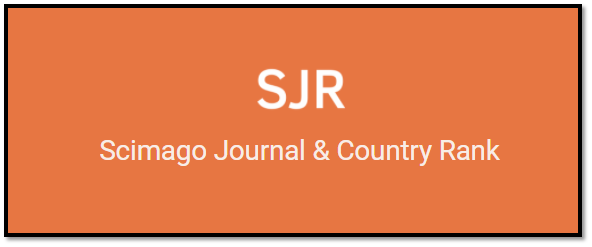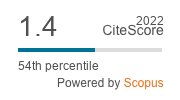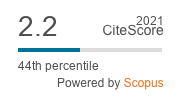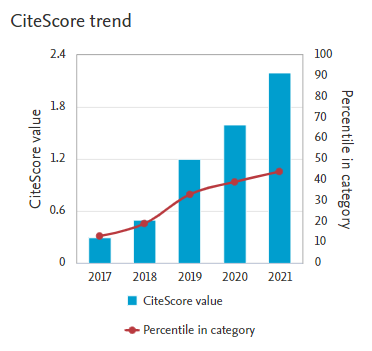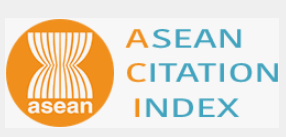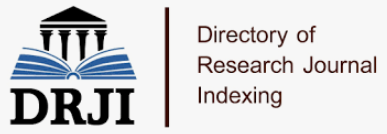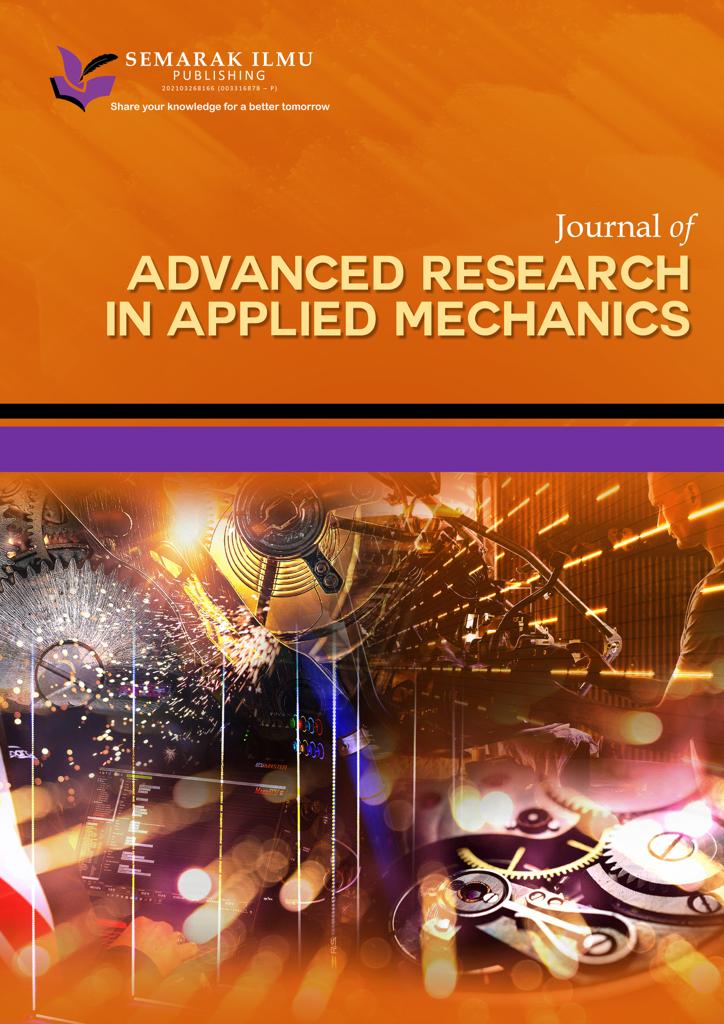Establishing the Taxonomy of Building Defects Triggered by Moisture Intrusion and Dampness
DOI:
https://doi.org/10.37934/arfmts.119.2.211228Keywords:
Dampness, condensation, building defects, failures, water leakage, mold growthAbstract
Dampness has long been a major issue in Malaysian public and private buildings. Dampness signifies the presence of undesired moisture in a building's structure, which can occur either due to external infiltration or internal condensation. Moisture within the building can result in a decrease in the structural integrity of the components and potential structural failure, as well as property damage. Moisture within the wall deteriorates the paint, decorations, and overall condition of the wall. Persistent moisture can facilitate the proliferation of harmful disease-causing microorganisms, including tuberculosis and neuralgia. Additionally, it can trigger asthma in individuals residing in the building. Consequently, it is imperative to prevent and address dampness in the building. Identifying the sources of moisture is crucial, as moisture is the primary catalyst for dampness. This study aims to investigate the diagnosis of dampness issues in buildings. It seeks to identify the various types of dampness, locate their causes, and analyze the impacts of dampness on structures. Three methods were used specifically literature survey, visual inspection and case study. The findings reveal that the most common types of dampness that occur in buildings include rising damp, falling damp, penetrating damp, condensation damp, and water leakage. The primary causes of moisture in buildings include faulty waterproofing membranes, improper plumbing configurations, houseplants, substandard building materials, rainwater infiltration via windows and walls, and inadequate airflow. The results of this study can offer valuable information to Building Surveyors when conducting comprehensive building condition evaluations, particularly for issues related to dampness.Downloads






